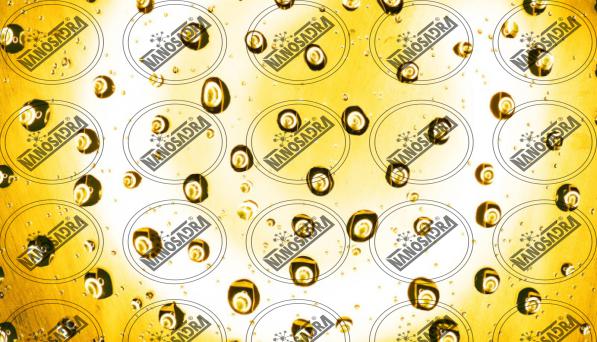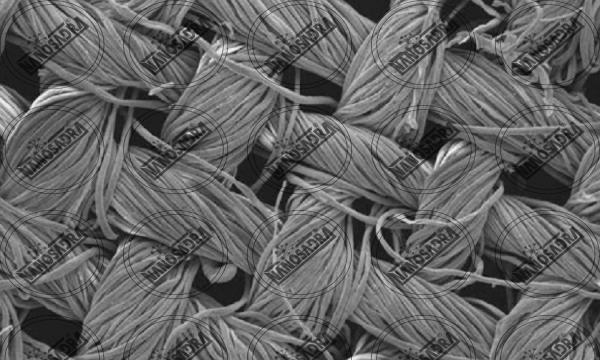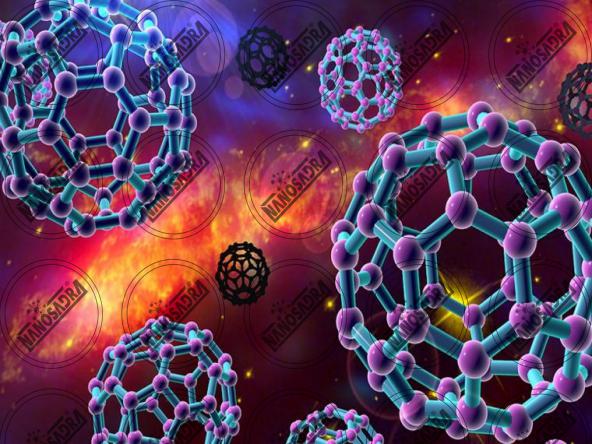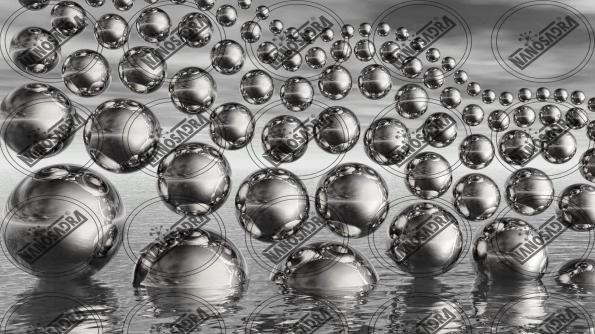Nanoparticles are scientifically referred to as particles of 1 to 100 nm. In Latin, the term nanoparticle is used to express nanoparticles, which includes all metallic and non-metallic particles, insulators and semiconductors, synthetic nanoparticles, such as layered core structures. Also, most metal oxides such as silver oxide nanoparticles, nanocrystals and semiconductor quantum dots are subunits of nanoparticles. In today’s world, this industry has a good income, so supplying nanoparticle materials can be a high-paying job.

What are the properties of nanoparticles?
 before learning about nanoparticles properties it is better to begin from history of that. Nanoparticles from the distant past have been used without knowing their exact nature and have grown in unprecedented proportions today! The earliest nanoparticles have been found in ceramics and glazed porcelain in ancient Chinese civilization. The Lycergus Roman Cup is the most prominent surviving work of centuries used to make gold nanoparticles. The interesting thing about this cup is that it comes in different colors depending on how the light (from front or back) radiates, but of course the reason for this was unknown to the makers of the cup. The most famous nanoparticle that has been mass-produced for decades is Black Carbon. Black carbon is used to make car tires as well as extend the useful life of tires, and the reason for the black color of today’s tires is the use of black carbon in their primary components.
before learning about nanoparticles properties it is better to begin from history of that. Nanoparticles from the distant past have been used without knowing their exact nature and have grown in unprecedented proportions today! The earliest nanoparticles have been found in ceramics and glazed porcelain in ancient Chinese civilization. The Lycergus Roman Cup is the most prominent surviving work of centuries used to make gold nanoparticles. The interesting thing about this cup is that it comes in different colors depending on how the light (from front or back) radiates, but of course the reason for this was unknown to the makers of the cup. The most famous nanoparticle that has been mass-produced for decades is Black Carbon. Black carbon is used to make car tires as well as extend the useful life of tires, and the reason for the black color of today’s tires is the use of black carbon in their primary components.
What are nanomaterials made of?
about nanoparticles definition we can say, three general methods have been devised for the production of nanoparticles:
- The condensation of steam
- Chemical synthesis
- Solid-state processes
Using The condensation of steam method to produce nanoparticles is not contaminated and is one of the best practices in the world today. Vaporization of a solid and fast metal is typically used by its vapors to produce nano-clusters.
In this process, the nano-clusters will form in powder form and are separated from the material. Nano-clusters are in fact smaller nanoparticles that can be controlled in a controlled manner by changes in temperature, gas, and evaporation rate.
The growth of nanoparticles in a controlled environment containing reactants is called the method of producing nanoparticles by chemical synthesis. Ultimate size control is completely possible by stopping the synthesis process and certain chemicals. Unlike steam condensation, this method produces higher chemical contamination but is less expensive than the previous method and can be performed at a higher rate. Milling and powdering is a way of producing nanoparticles called solid processes. nanoparticles examples from the first category are more usable now.
List of nanopartilces to buy in bulk
 About the List of nanoparticles to buy in bulk it can be said that due to the chemical properties of the nanoparticles it cannot be purified.The nanoparticles size depends on its constituent components.Today, a variety of materials can be produced in the form of nanoparticles or nanoscale crystals. The spectrum of nanoparticles does not only include familiar species such as buckwheels, cadmium selenide (CdSe), carbon nanotubes, and quantum dots.
About the List of nanoparticles to buy in bulk it can be said that due to the chemical properties of the nanoparticles it cannot be purified.The nanoparticles size depends on its constituent components.Today, a variety of materials can be produced in the form of nanoparticles or nanoscale crystals. The spectrum of nanoparticles does not only include familiar species such as buckwheels, cadmium selenide (CdSe), carbon nanotubes, and quantum dots.
It also includes a wide range of metals and metal oxides, sulfides, carbonates, fluorides, silicates and several other groups of materials. As science progresses, advances in nanoparticle chemistry and morphological fundamentals and their widespread applications are gradually becoming apparent. Some of these are clearly featured in the world’s leading scientific journals.
The use of carbon nanotubes in human tissues and the use of zinc or titanium oxide nanoparticles in solar panels are just part of many applications. Determining the properties of nanoparticles is important for controlling the synthesis process and its application. Properties of nanoparticles using various methods such as electron microscopy (AFM), atomic force microscopy, X-ray, photoelectron spectroscopy, and FT-IR (Fourier transform infrared spectroscopy), as well as particle size and surface determination methods. Can be. The nanoparticles are made from a wide range of materials, the most common being ceramic, metal, and polymer nanoparticles and semiconductor nanoparticles (quantum dots).










Your comment submitted.